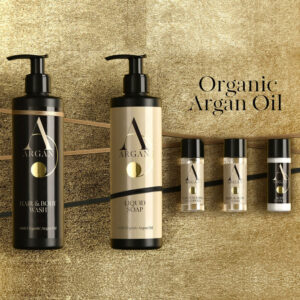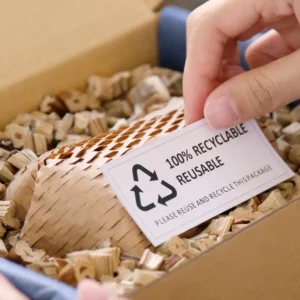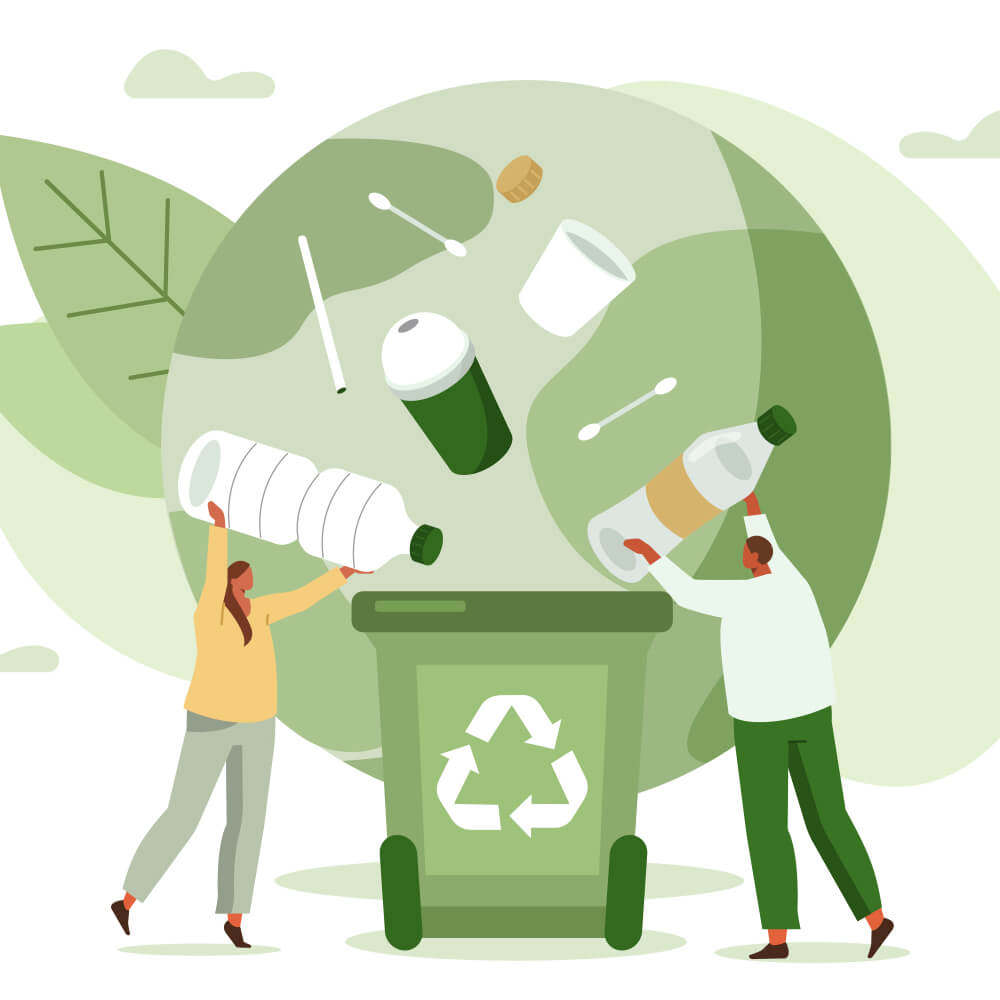
Filling and packaging cosmetics inside packaging is one of the key parts of the production and marketing process of these products. This is because the cosmetic must be protected from external agents (light and difference of humidity and temperature in the first place) to keep its properties intact, but at the same time must also attract the customer and invite him to the purchase. It is not strange to see on the market packaging whimsical and different from the usual lotions, perfumes and other cosmetics.
Today the whole world of the production of cosmetics is invested by a new need and with the big problem of pollution and difficulty in the disposal of waste, especially if plastic, manufacturers are increasingly oriented towards the use of environmentally friendly and recyclable packaging.
Despite the policies adopted by companies that are increasingly committed to eco-friendly attitudes, customers must be well aware of a problem: even recycled packaging can pollute the environment, if not properly disposed of in turn. The problem of plastics is linked not only to their production, but above all to their dispersion in the environment. Using reusable plastic packaging is already a step into the eco-friendly world, and in many cases is a more viable solution than using recycled packaging.
The important thing is how it is disposed of, not where it comes from. That said, here’s everything you need to know about eco-friendly cosmetic packaging.
Eco packaging for cosmetic, why is important
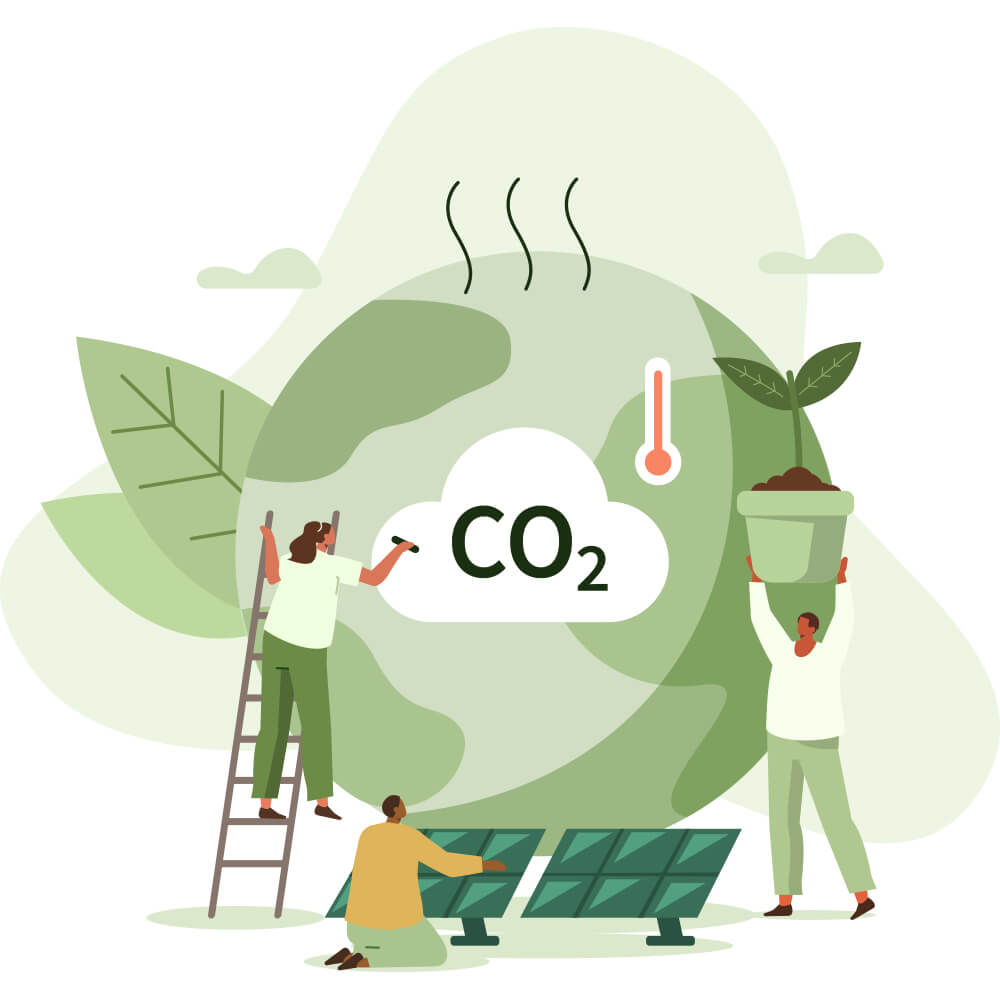
The world of cosmetics, as already mentioned, is radically changing the way of acting. Big and small brands have quickly moved from attractive packaging to eco-friendly packaging. And among the brands, those who have found the right compromise between these two important elements have undoubtedly made the center.
Eco packaging for cosmetics is of primary importance today. Just think of the volume of cosmetics sold worldwide, and the fact that for each of them there is a single package made of more or less environmentally friendly materials. Therefore, it is not difficult to imagine what the impact of cosmetic packaging on the health of the world.
Over the years, the world of cosmetics has preferred to use plastics (except for perfumes, a field in which glass is still widely used today). This is because the plastics are very robust, defend the products from light and have a very low cost. However, they have a huge flaw: when they are dispersed into the environment, they do not degrade easily. Their resistance to degradation represents a major problem for the ecosystems that inhabit the seas, for example: plastic fragments can be ingested by fish, causing their death, and consequently triggering a chain reaction that culminates in the alteration of the entire food chain.
The problem of macroplastics is added to that of microplastics. Packaging and bottles, in addition to releasing large fragments, can also disperse molecules not visible to the naked eye that have an even more subtle effect on the health of animals and, indirectly, of humans. These materials can in fact enter into circulation in the fish and cause alterations. All of this, again, culminates in the destruction of a delicate and protective environmental balance.
That is why it is very important to use eco packaging in all sectors and, in particular, in cosmetics. With biodegradable packaging, for example, the problem of macroplastics and microplastics no longer arises, while in the case of recyclable materials, it is possible to use the now cosmetic-free packaging and give them a new life, avoiding their dispersion in the environment. It is mainly a question of culture and attention that must start both from the manufacturers who must use recyclable plastics, and from the final consumer who must learn to separate waste and allow proper recycling and reuse of plastics.
For example, the cosmetic products for Albogroup Hotel and the courtesy lines that Albogroup produces both on its own brand and on behalf of third parties, are all products with 100% recyclable plastics and the final consumer is informed, as per the legislation in force in Italy, the right way to separate the plastic waste so that it can re-enter the production chain without polluting the environment.
Discover here the collections of Albogroup dispensers in recyclable and eco-sustainable plastic.
Why it’s important to use environmentally friendly packaging?
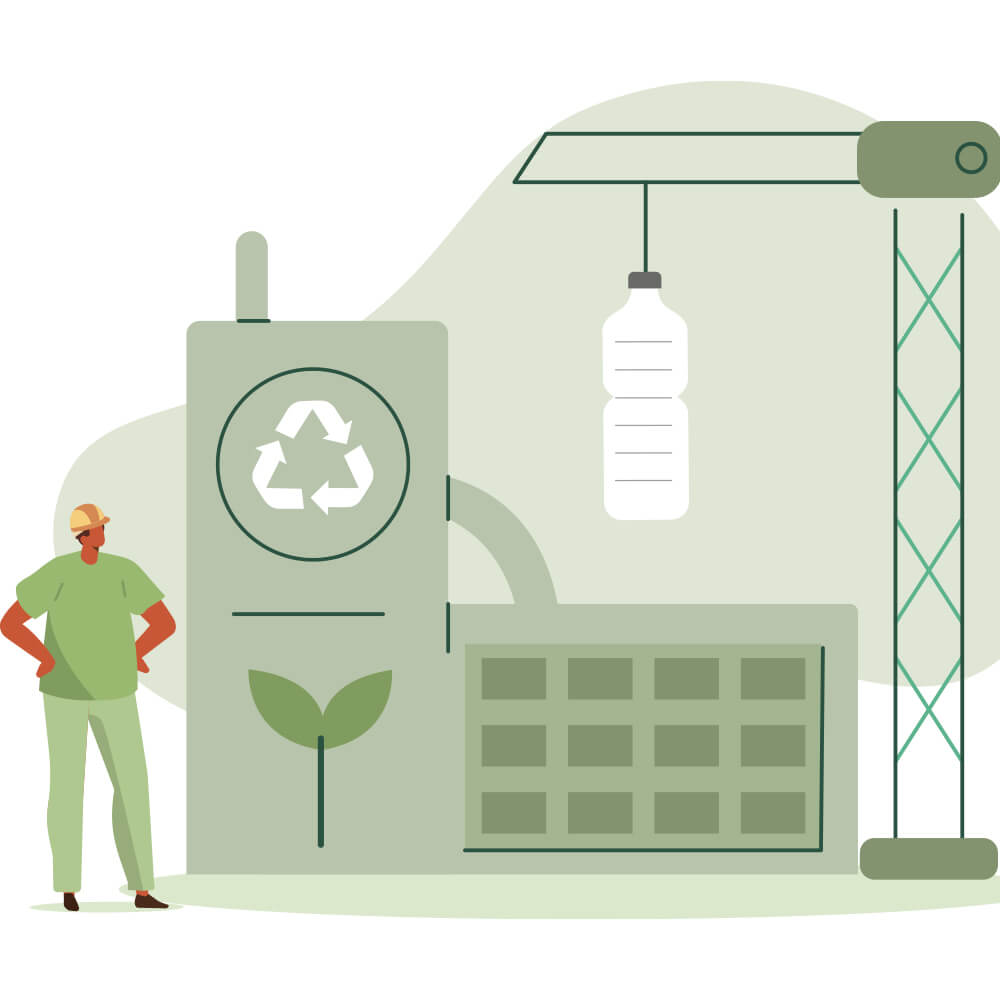
Using environmentally friendly packaging is undoubtedly an added value for both the company and the customer. As already mentioned, environmentally friendly packaging can limit the problems related to the dispersion of plastics in the environment, and at the same time can have a positive effect on health. Preferring materials such as ecological tablets, recycled plastics, certified crop paper, cork, lignin derivatives and much more can definitely protect the environment, avoid the release of plastics in cosmetics and even safeguard product quality.
Ecological packaging also includes recycled or 100% recyclable materials. There are many brands that have set themselves the goal of zero-waste, cancelling their impact on the environment and marketing only eco-friendly packaging and recycled materials.
An example is our collection of dispensers for Albogroup hotels, where we chose 100% recyclable PE and PET, as for example in the Italy collection, or the innovative line of solid cosmetics for both retail and Solid hotels. O Original, also available as a solid children’s courtesy line completely free of plastic packaging and zero waste. This is a great step towards sustainable consumption even within hotels.
However, it should be remembered that ecological is not always recycled: even a reusable solution (for example, a refillable perfume bottle) can be considered ecological, as it is not dispersed in the environment and does not push the market to produce even more plastic. In fact, it is good to keep in mind that the focal points of environmental protection (and therefore also of the eco-sustainable packaging sector) are two: reduction of CO2 emissions into the environment as a result of the packaging production process, and limitation of their dispersion in the environment.
Contact us for more information
Materials used for eco-friendly packaging
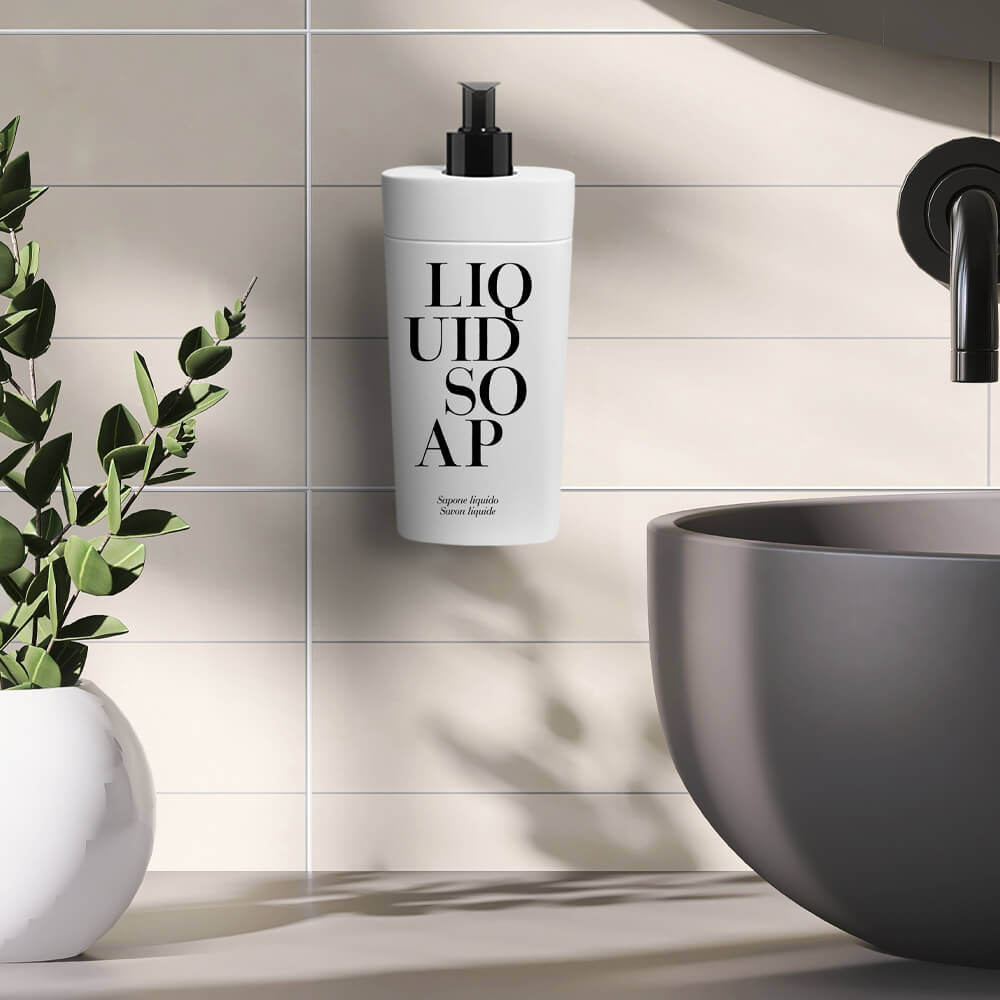
The materials used for eco-friendly packaging are many. They range from recycled plastics, that is obtained by the union of other waste plastics (bottles and bottles in disuse, for example) to natural ingredients that can be dispersed in the environment after use and, on the contrary, can also favor it.
Beyond recycled materials but still of a synthetic nature, in fact, packaging made with organic materials such as cork, paper and other organic substances are coming back in particular. Scientific research also provides valuable help in this regard. Today there are several projects aimed at the re-evaluation of organic waste to produce, among others, fully biodegradable packaging.
What is the eco-friendly symbol?
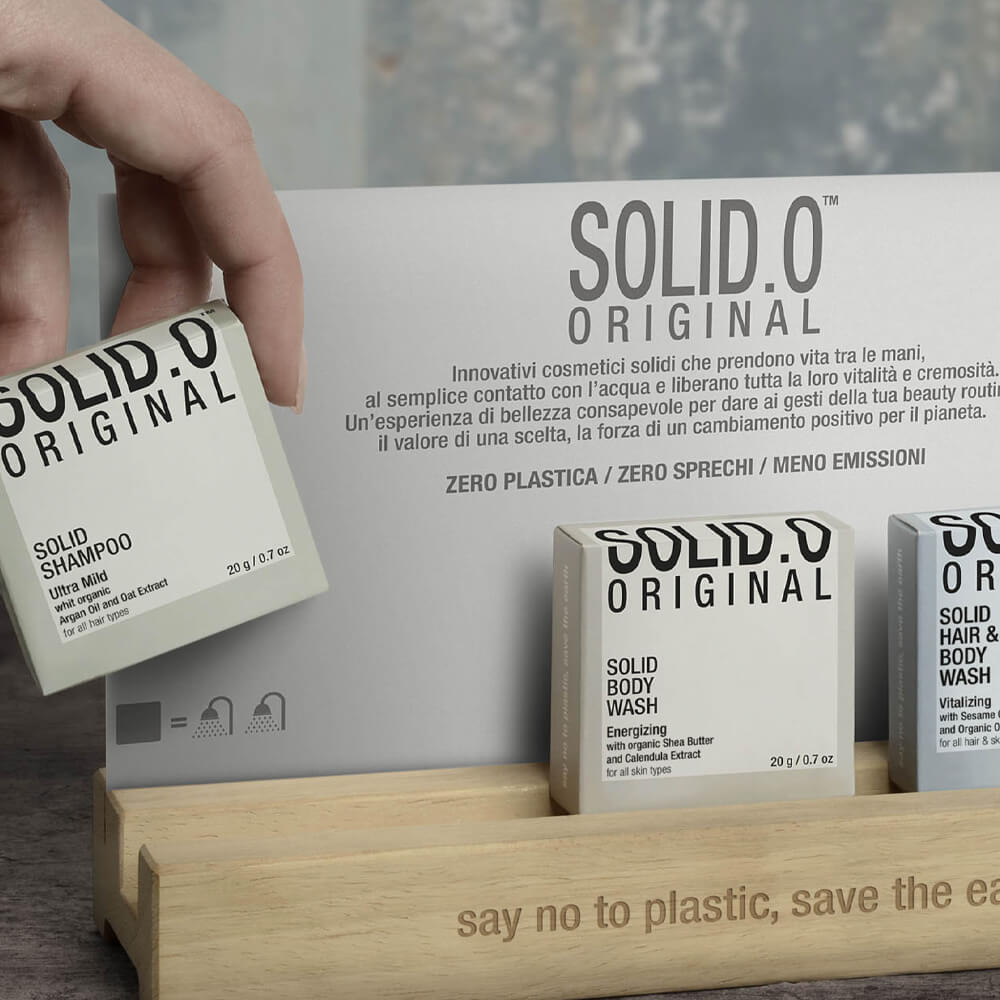
But how to differentiate sustainable packaging from eco-friendly packaging?
To solve this problem, national and international bodies have committed themselves to producing logos and marks to be affixed to the packaging only after thorough verification of the production conditions. For example, the symbol with the three green arrows arranged in the shape of a triangle indicates that the product has been made with specific types of plastics or other materials. In this way the attentive consumer is able to understand the type of packaging and dispose of it correctly.
Many studies are showing, in fact, that the real problem related to pollution lies not only in the production of plastic, but in its correct disposal and reintegration into the production cycle. A packaging with recycled plastic or with 100% recyclable plastics is able to be completely reintegrated into the production cycle, thus reducing costs and, thanks to its correct disposal, can also become a resource.
Another very important brand is the one made by the Forest Stewardship Council (FSC), affixed to packages containing wood and its derivatives (therefore also paper) indicating that the material comes from a chain that has managed forests in a correct and responsible way, without altering the balance of the ecosystem.
In addition, the European Union has published another brand, which is called Ecolabel. Created in 1992, this sticker can only be affixed to products for which the limited environmental impact throughout the supply chain, from the primary extraction of raw materials to the placing on the market is demonstrated.
To these, which are undoubtedly the most important, are added several others, spread on a more or less large scale. Consult the product label, therefore, can provide valuable information not only about the composition of the cosmetic, but also about the eco-sustainability of its packaging.
What does sustainable and compostable packaging mean?
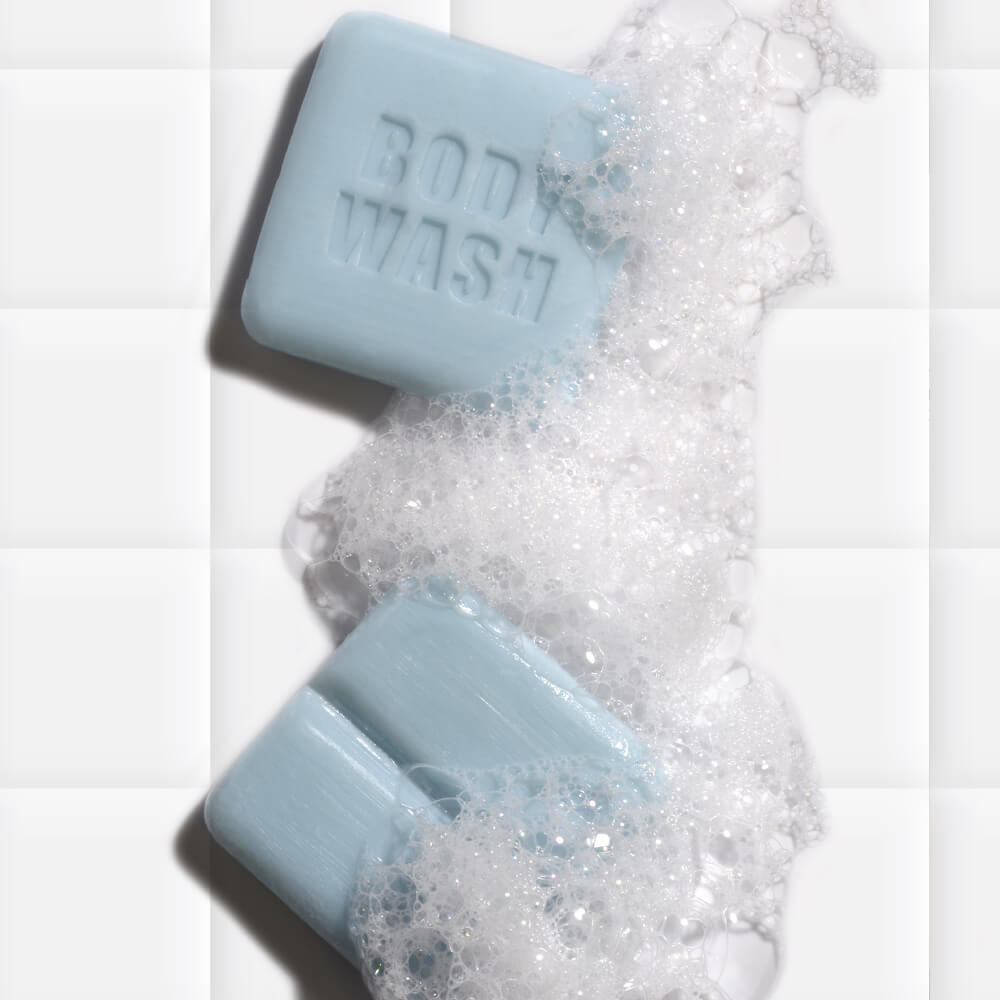
So far, sustainable packaging has been presented, also called eco-friendly. As we have seen, these packaging products have a limited impact on the environment through their production process or their intended use, since they can be derived from waste from other materials or simply used many times before disposal.
However, sustainable packaging also includes a very interesting packaging class, which is starting to be adopted in the cosmetics industry: compostable packaging.
It is the prerogative of the compostable packaging to be thrown in the wet, together with the waste deriving from the food. These materials, together with the waste, can be subjected to a fermentation process by microorganisms that has the aim of stabilizing the waste, and then become real nutrition for plants. The compost is in fact added to the soil and is used to provide plants with nitrogen, carbon, phosphorus, and all the other nutrients essential for the growth of the plant.
In other words, with this new technology, waste material becomes a real resource, and can be an advantage for everyone.
Conclusions
Protecting the environment in which we live, animal and plant biodiversity and limiting the impact of human activities is a fundamental objective embraced by most of the countries of the world and, consequently, by the manufacturers of cosmetics.
However, it is important to remember that environmental protection must start with the consumer. Companies can invest billions in the production of recyclable or compostable packaging, but in the end it is always the customer who, at the end of the use of cosmetics, must dispose of the packaging correctly, so as not to frustrate all the efforts made by companies. Therefore, it is very important to keep informed and pay close attention to the packaging when using a cosmetic.


